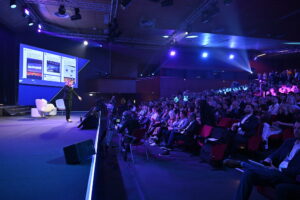
HR Insights From Lisbon: SAP SuccessConnect 2024
I’m just going to come out and say it: the SAP SuccessConnect 2024 (October 28-30) was a blast. Why? For one thing it reminded me

I’m just going to come out and say it: the SAP SuccessConnect 2024 (October 28-30) was a blast. Why? For one thing it reminded me

The days of HR focusing solely on personnel management and administrative duties are long gone. Now, as organizations step fully into the digital era, the

A major feature of AI for recruiting is its ability to stop unconscious bias. A recent lawsuit reminds us why we need to avoid bias during hiring:
Robots are taking over the World. Well, no not really. But something that is going to be a game changer is about to take over